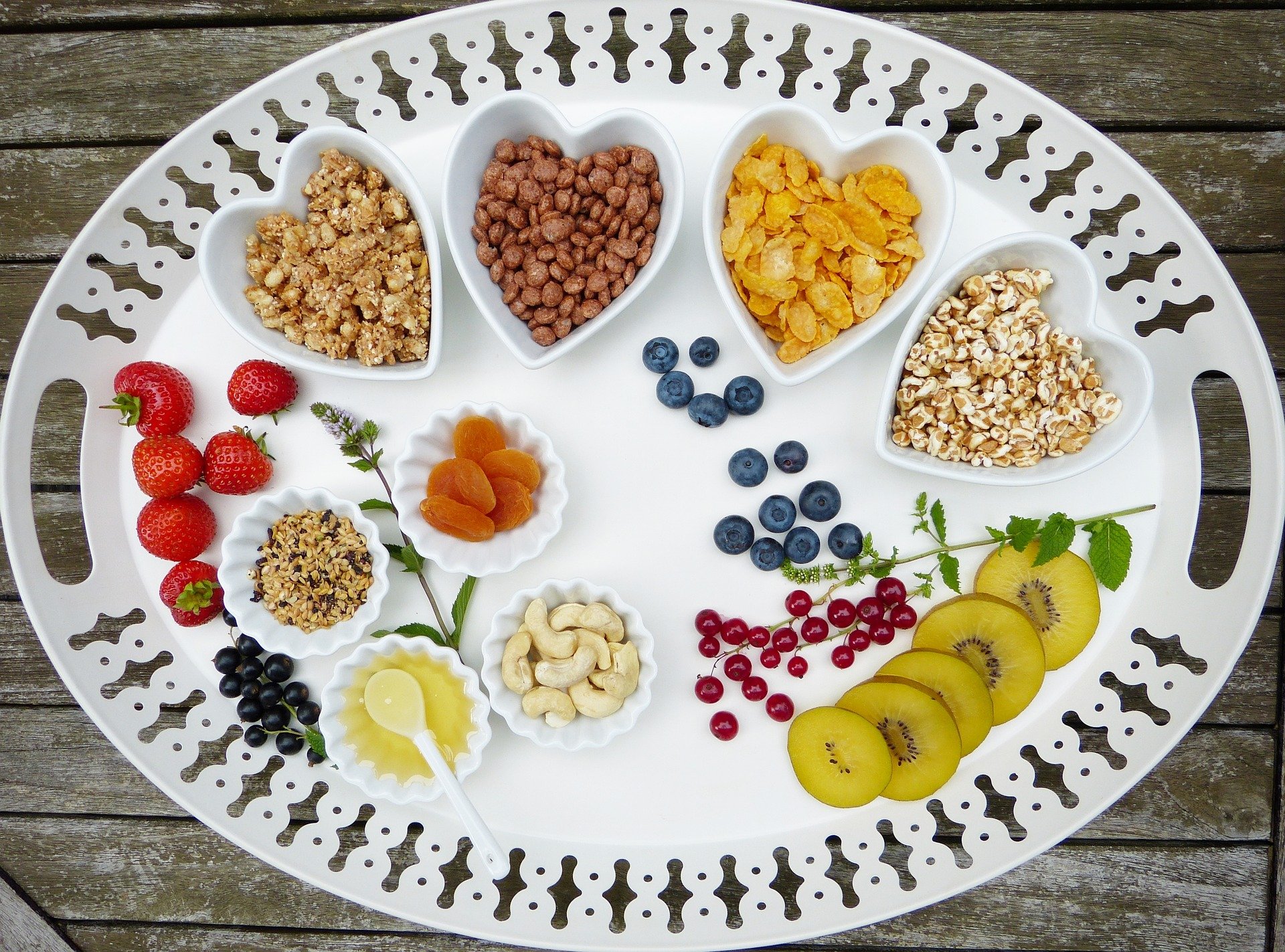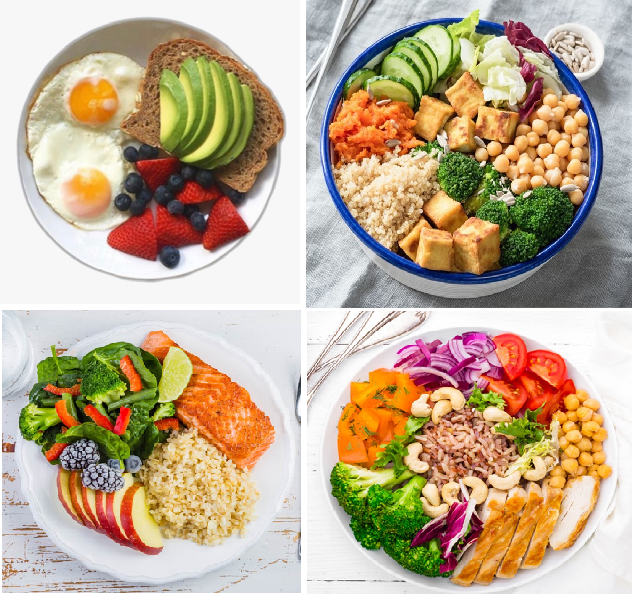MAINTAINING A HEALTHY DIET AS A STUDENT

May
05
MAINTAINING A HEALTHY DIET AS A STUDENT
In this blogpost I am sharing tips and tricks that have helped me to shift towards a healthier diet as a student living abroad. We will go through some general recommendations as well as look at a specific method on how to organize your meals. I encourage everyone to approach this information critically, do the research and consult a specialist before making any drastic changes to your diet. Each of us have unique bodies that need equivalent mindful treatment. I hope you enjoy reading and find some inspiration!
The food we consume has a direct correlation with how we feel and function every day. Poor eating habits (late-night deliveries, frequent consumption of alcohol, snacks instead of wholesome meals, overeating or undereating) are associated with lower grades, susceptibility to illness, fatigue, depression, anxiety, irritability, difficulty concentrating, issues with menstrual cycle and sleep disturbances. Thus, a good diet is a contributing factor to academic success and an overall well-being. But how do I eat healthy? Let’s break it down into comprehendible pieces.
ESSENTIALS
There are five food groups that compose a balanced diet, which are grains, fruits, vegetables, protein, dairy and fats. In cases of individual intolerances or food allergies, one can surely find substitutions (e.g., gluten-free, lactose-free or vegan alternatives). But all in all, these are going to be the building blocks of our wholesome daily meals. Covering the daily norm for each food group provides our bodies with all the necessary nutrients and helps to avoid any deficiencies (again, chronic or severe deficiencies such as anemia should be tackled with a doctor).
If you want to know more about what your normal calorie/nutrient/vitamin/mineral intakes are, visit https://www.nal.usda.gov/fnic/dri-calculator/ for a reference.
The PLATE method
The Healthy Eating Plate or the Plate method is based on the best available science as claimed by nutrition experts at Harvard Health Publications. It gives a simple and straightforward formula that is presented on the diagram below. Start with a 9-inch or 23 cm plate, fill half with non-starchy vegetables (and fruits), fill one quarter with lean protein and save the other quarter for some carbs. Voila, your healthy plate is ready. For better understanding, possible products that fall into each group are listed here:
Vegetables and fruits - ½ of your plate: aim for color and variety and remember that potatoes don’t count as vegetables because of their negative impact on blood sugar. These can be any greens, green beans, broccoli, cabbage, carrots, cauliflower.
Whole grains – ¼ of your plate: whole wheat, quinoa, oats, brown rice, and foods made with them, such as whole wheat pasta—have a milder effect on blood sugar and insulin than white bread, white rice, and other refined grains.
Protein – ¼ of your plate: fish, chicken, turkey, tofu, eggs, beans, nuts. Try limiting red meat and avoiding processed meats such as bacon and sausage.
Healthy plant oils – in moderation: vegetable oils like olive, sunflower or others. Avocados are great to get your ‘good’ fats.
Water, coffee, or tea: 1-2 servings of sugary drinks, milk and dairy products; a small glass of juice a day are considered acceptable in the Healthy Plate plan. Water or any other unsweetened low-calorie drink can be a nice addition to the meal.

Following this formula, healthy meals would look something like this:

BUT NOT ONLY LIKE THIS…
Although the Healthy Plate system gives an easy-to-follow method, it is not the only approach. There is plenty of alternatives and advancements that can be made when finding what works for YOU (take into consideration what’s available in the grocery shops, your budget, personal preferences, favorite flavors). Intuitive eating, intermittent fasting and many more emerging concepts that are paving their way into dietetics are there to experiment with. Diets such as the Mediterranean and DASH that have proven their health benefits in multiple studies might also be worth the look. And don’t forget to get some fermented foods such as kefir, kimchi or any pickled vegetables from time to time – it richens your gut microbiome and keeps it thriving.
I hope that this information has sparked your interest and you will be motivated to continue your own research on the topic. Because good food is the foundation of genuine happiness, health and good grades.
Written by Diana Seitkanova
International Student Ambassador from Kazakhstan
BSc in Psychology
University of Pécs, Faculty of Humanities
kazakhstan@pte.hu
University of Pécs | Chancellery | IT Directorate | Portal group - 2020.














